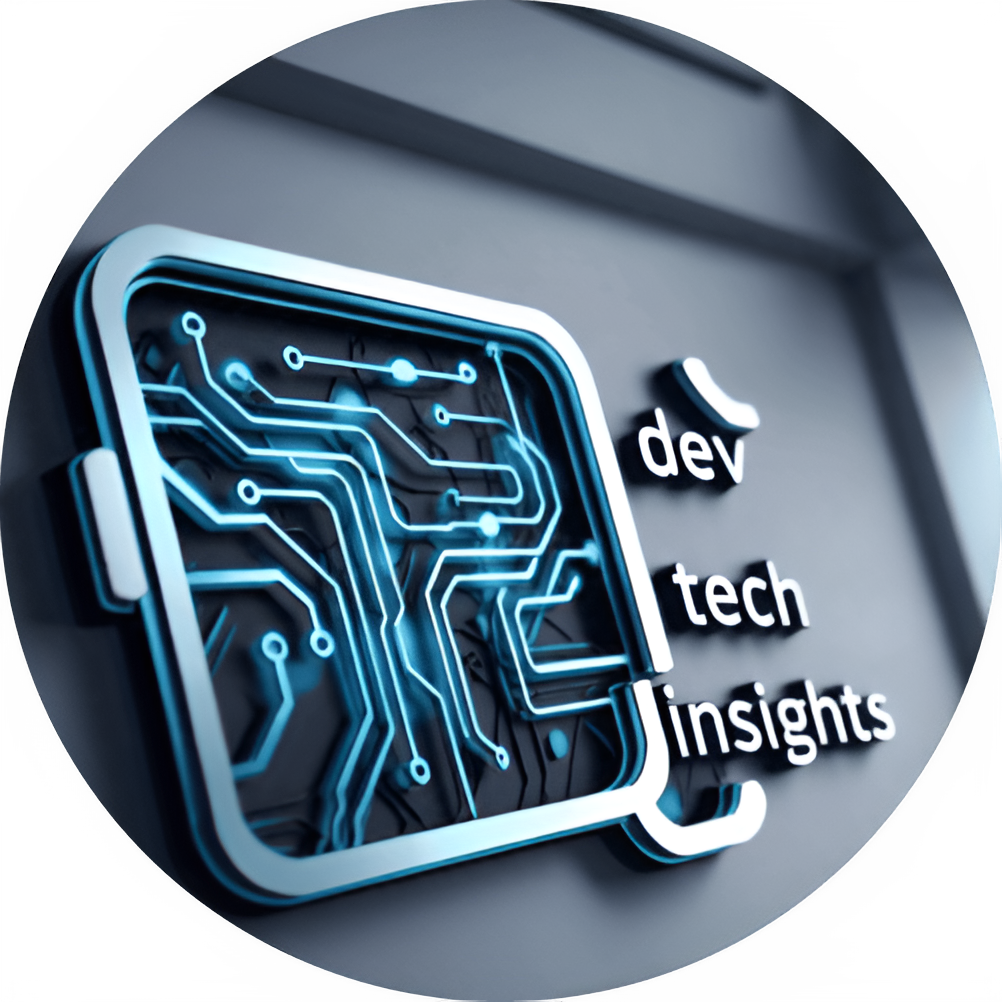
Build vs. Buy: How Developers Decide on AI Tools in 2025
Table of Contents
Introduction
Every developer in 2025 is wrestling with the same question: Do I build my own AI tool, or do I buy a ready-made one?
From startups to enterprise teams, this dilemma defines the future of productivity, scalability, and innovation. Some argue that building gives you control, flexibility, and long-term savings. Others insist that buying saves time, reduces risk, and allows developers to focus on solving business problems rather than reinventing infrastructure.
I’ve gone through hundreds of Reddit discussions, Hacker News threads, and developer blogs to capture how real coders are making this choice today. What follows isn’t just theory — it’s a reflection of genuine experiences, trade-offs, and battle-tested lessons from the dev community.
(If you want daily updates and a free PDF with exclusive developer guides, don’t forget to subscribe to our newsletter at DevTechInsights.)
Why This Debate Matters More in 2025
The stakes have never been higher. In 2023, buying SaaS solutions was the go-to move. By 2025, however, AI tooling exploded into every corner of development: from automated code review to generative UI frameworks, AI-driven testing, and infrastructure monitoring.
But here’s the kicker: AI tools aren’t “just tools” anymore — they’re decision-makers. Developers now need to think carefully about trust, privacy, compliance, and model interpretability before handing the wheel over.
A Hacker News user summed it up best:
“Buying an AI tool in 2025 is like hiring a new team member. You don’t just ask about features — you ask whether you can trust it to do the job.”
If you want more details with enhanced visuals, then download the pdf below(login required)
Download for Free!The Case for Building Your Own AI Tools
Building AI solutions in-house is no small feat, but many developers swear by it. Here’s why:
1. Control & Customization
You own the architecture, datasets, and workflows. Want your code assistant to follow your company’s coding standards? No problem. Need a model fine-tuned to your niche dataset? Done.
On Reddit’s /r/MachineLearning, one developer shared how they replaced a commercial AI-based testing suite with a homegrown model:
“The SaaS tool worked fine, but it gave too many false positives. Training our own saved hours each week and actually matched our codebase’s quirks.”
2. Long-Term Cost Savings
At first, building looks expensive — GPUs, data pipelines, MLOps setups. But for teams with heavy AI usage, subscription fees can balloon quickly.
One startup CTO posted on Hacker News:
“We were paying $20k/month for multiple AI SaaS licenses. After three months of dev time, we cut that to GPU costs of ~$5k. The build paid for itself in six months.”
3. Intellectual Property (IP) & Competitive Edge
Owning your AI infrastructure means owning your IP. That’s gold in 2025, where every competitive advantage counts. If your tool learns from your proprietary data, why should someone else profit from it?
The Case for Buying AI Tools
On the flip side, thousands of developers still prefer SaaS solutions — and for good reason.
1. Speed to Market
Startups especially can’t afford to spend months building. Buying gives instant functionality.
As one developer wrote on Dev.to:
“We’re five people. If we tried to build everything in-house, we’d never launch. Buying gave us breathing room.”
2. Maintenance-Free
AI tools require constant monitoring, retraining, and patching. SaaS providers handle all that. Developers can focus on shipping features instead of babysitting models.
A common sentiment across Hacker News threads:
“Building is sexy until you’re three months in and realize 80% of your time goes into maintenance.”
Useful Links
- Progressive Hydration Explained: The Future of Web Performance
- Best API Management Tools in 2025: A Developer’s Perspective
- How to Secure Your APIs Without Sacrificing Performance in 2025
- The Rise of Backend-for-Frontend (BFF) Architecture in 2025
- Toil is Back: Why Even with AI, SREs Feel the Burn in 2025
- Imposter Syndrome 2.0: Competing Against AI as a Developer
3. Compliance & Security Outsourcing
Many industries (finance, healthcare, legal) demand compliance that’s easier to outsource. Buying from a vendor with built-in GDPR/ISO/HIPAA compliance saves headaches.
Real-World Developer Experiences (Build vs. Buy Stories)
Here’s where it gets interesting — developers rarely stick exclusively to one side. Most teams adopt a hybrid approach: buy for generic tasks, build for core business problems.
🔹 Case 1: The Startup That Built Its Own AI
A fintech startup shared on LinkedIn that they built their own fraud-detection AI because existing tools couldn’t adapt fast enough.
“Off-the-shelf tools missed subtle signals unique to our market. We invested three months and saved millions in fraud losses.”
🔹 Case 2: The Solo Developer Who Bought Everything
On Reddit’s /r/developers, a solo indie dev wrote:
“I don’t have the bandwidth to build. I buy tools that automate testing, deployment, and analytics. Without them, I’d burn out in weeks.”
🔹 Case 3: Hybrid Approach
One Fortune 500 company revealed that they bought AI-powered observability tools but built their own AI-based API monitoring.
“We trust external vendors with infrastructure, but anything tied to user data stays internal.”
Decision Framework: How to Choose in 2025
So, how do you actually decide? Here’s a developer-friendly checklist:
- Budget: Can you afford upfront build costs?
- Time-to-Market: Do you need the solution next week or next quarter?
- Customization Needs: Will off-the-shelf tools adapt to your use case?
- Compliance: Do you need control over data pipelines?
- Scalability: Can the SaaS tool grow with you, or will it bottleneck later?
- Team Expertise: Do you have in-house ML/AI talent, or will you burn cycles learning?
Pro Tip: Run a pilot with both. Buy a tool for quick results, but test a minimal in-house version alongside it. Within 2–3 months, you’ll know which is more sustainable.
Future Outlook: Build vs. Buy in the Next 5 Years
In 2025, most developers are still mixing both approaches. But looking ahead:
- AI-as-a-service costs will rise — making “build” more attractive for heavy users.
- Open-source AI models will mature — reducing the barrier to building.
- Composable SaaS tools will emerge — making it easier to customize “buy” options.
- Data privacy regulations will push certain industries toward in-house builds.
- AI copilots will blur the line — tomorrow’s “buy” tools might let you generate custom builds instantly.
A software architect on Hacker News put it well:
“By 2030, ‘build vs. buy’ won’t be a binary. You’ll generate what you need on demand.”
Conclusion
The “Build vs. Buy” debate is less about right or wrong and more about context.
- If you’re scaling fast and need compliance guarantees, buy.
- If you want control, long-term savings, and deep customization, build.
- For most developers in 2025, the answer lies in a hybrid approach — buying generic tools, building core IP.
The best strategy is one that keeps your team agile, secure, and aligned with your business goals.
And remember: if you want daily updates and exclusive PDF insights on developer productivity, subscribe to our newsletter at DevTechInsights.
FAQs
1. Is building AI tools always cheaper in the long run?
Not always. Building has high upfront costs, and without in-house expertise, it may never pay off.
2. Are SaaS AI tools safe for sensitive industries?
Yes, but only if they’re compliant. Finance and healthcare often require in-house builds for maximum control.
3. What if my team has no AI experience?
Start by buying, then gradually experiment with building small, non-critical AI solutions.
4. Can open-source AI tools replace SaaS?
For many use cases, yes. But open-source still requires maintenance and expertise.
5. How do big companies approach this debate?
Most use hybrid strategies: buying for efficiency, building for competitive advantage.

🚀 Let's Build Something Amazing Together
Hi, I'm Abdul Rehman Khan, founder of Dev Tech Insights & Dark Tech Insights. I specialize in turning ideas into fast, scalable, and modern web solutions. From startups to enterprises, I've helped teams launch products that grow.
- ⚡ Frontend Development (HTML, CSS, JavaScript)
- 📱 MVP Development (from idea to launch)
- 📱 Mobile & Web Apps (React, Next.js, Node.js)
- 📊 Streamlit Dashboards & AI Tools
- 🔍 SEO & Web Performance Optimization
- 🛠️ Custom WordPress & Plugin Development







